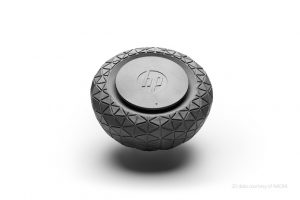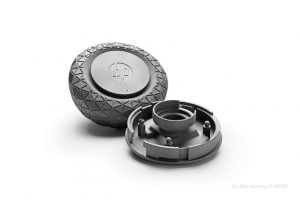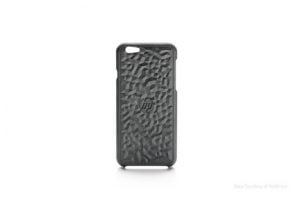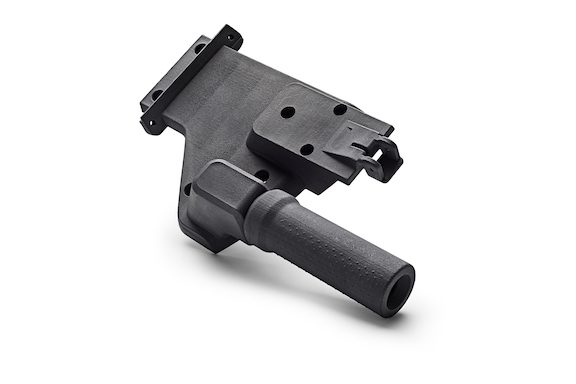3D printing has a bit of a reputation as a small, trendy technology, something good for making cellphone cases or teaching students about creating CAD models. However, 3D printing has some very real and very great practical applications for the product development process.

One of the most common uses of 3D printing is prototype production. Prototypes are key to any development process, allowing you to test designs and find issues. Some things simply cannot really be known until you hold a physical product in your hand.
Prototypes are often hand-made, produced through some form of traditional machining. This can take a significant amount of time. It can also result in an imperfect result due to equipment issues or misunderstandings. Sometimes the particular equipment needed to produce a certain shape is not readily available. It may be prohibitively expensive to create one or two prototypes rather than mass producing a product.
3D printing prototypes solves many of these issues. Since it is printed by a computer directly from your CAD model, the resulting product will be exactly what you specified. Depending on the size of your prototype, the time it will take to produce ranges from several hours to a few days, all on the same 3D printer. Every prototype is made individually on a 3D printer, so it is very easy to order just one or a handful.
3D printers are capable of producing shapes that no other tool can make. Odd angles and curves are as easy to 3D print as straight lines. If you are trying to create a part to fit into an oddly shaped spot, 3D printing provides a quick and relatively inexpensive way to see if your design can fit in where you need it to go.
They also look great, making 3D printed prototypes great for using as display pieces or presentation elements in a design brief. Depending on the material that is being printed, you can order a wide range of colors. Quality 3D printed products are very smooth and post-processing treatment can make them even smoother. Smaller pieces are also very light, making them easier to transport.





What if your prototype consists of multiple parts? A 3D printer can still help you. Just print every part individually and design them to fit together. The end result will not only be lighter than a machined prototype, but it is also often more durable, making it easier and less of a hassle to transport.
By 3D printing prototypes, you will also get a chance to learn more about how to work with this up-and-coming technology. Understanding what it requires to design for 3D printing and how it works may just put you ahead of the curve as 3D printing becomes more common for the actual production of finished products for sale. Because of the advancements in 3D printing technology, the end quality of 3D printed products is just as good as that produced by other methods. Pricing has also become competitive with those other methods, allowing small 3D printed production runs to be financially viable options.
We also have stereolithography services depending on your business needs.
We here at Jawstec understand what 3D printing can bring to the table for your prototypes. We offer a variety of 3D printers as well as design services that can help you bring your prototype designs to life for display, testing, or presentation. Contact us for a quote today to find out how you can use 3D printing to produce better, lighter, and cheaper prototypes.




0 Comments